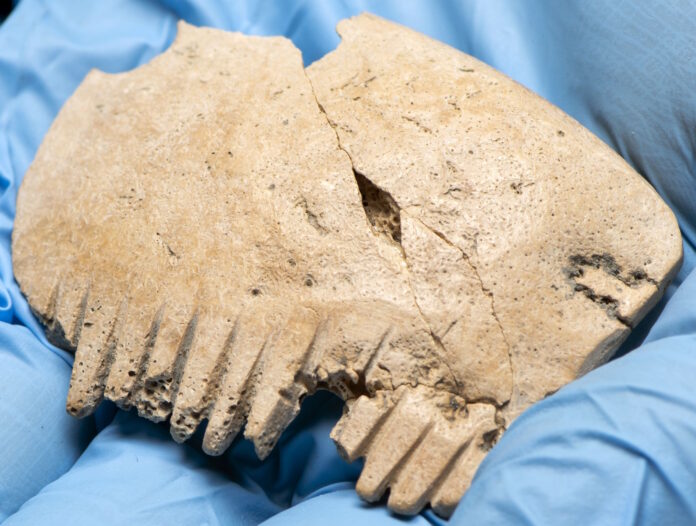In a remarkable discovery during the construction of a highway between Cambridge and Huntingdon, archaeologists from the Museum of London Archaeology (MOLA) have unearthed an extraordinary artifact. Dating back to Britain’s Iron Age, this two-inch (five-centimeter) object was identified as a miniature comb, but its material and form suggest it may have held deeper significance. Carved from a fragment of a human skull, this find offers fascinating insights into ancient rituals and societal practices.
The Discovery
The Bar Hill site, located in Cambridgeshire, served as a key excavation area from 2016 to 2018, aimed at salvaging historical artifacts from the path of a major highway project. Among the approximately 280,000 artifacts recovered, the so-called Bar Hill Comb stood out for its unusual composition and enigmatic purpose.
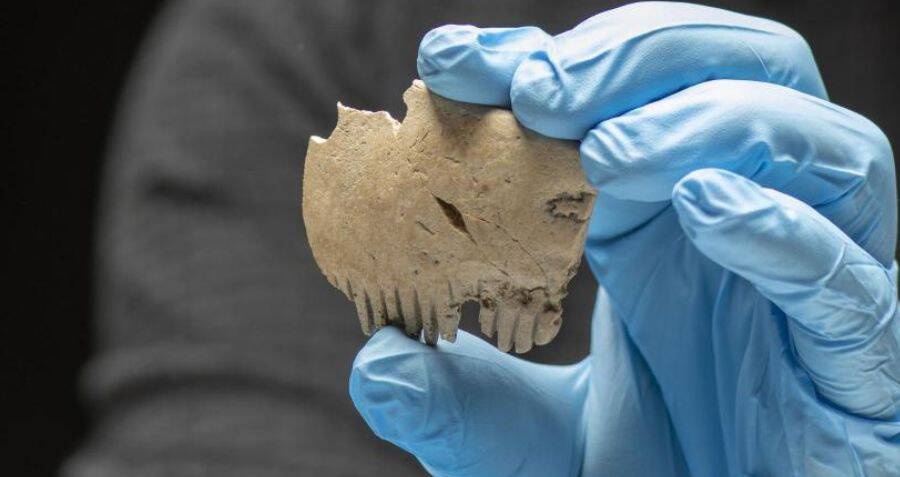
The Bar Hill Comb, featuring nearly a dozen carved teeth, certainly resembles a comb. However, its pristine condition suggests it may not have been used for hairstyling. Instead, a small hole drilled into the comb’s upper part indicates it was likely worn as a pendant, possibly around someone’s neck. Radiocarbon dating places the comb between 400 and 100 BC, aligning with the timeline of an Iron Age village at the Bar Hill site.
A Comb or a Spiritual Relic?
The MOLA researchers propose that the Bar Hill Comb could have been a ceremonial or decorative object rather than a functional comb. The presence of a hole for suspension suggests it might have been used as a necklace or amulet. According to Michael Marshall, a prehistory specialist at MOLA, the comb could have been a symbolically powerful item, potentially carved from the skull of a revered member of Iron Age society.
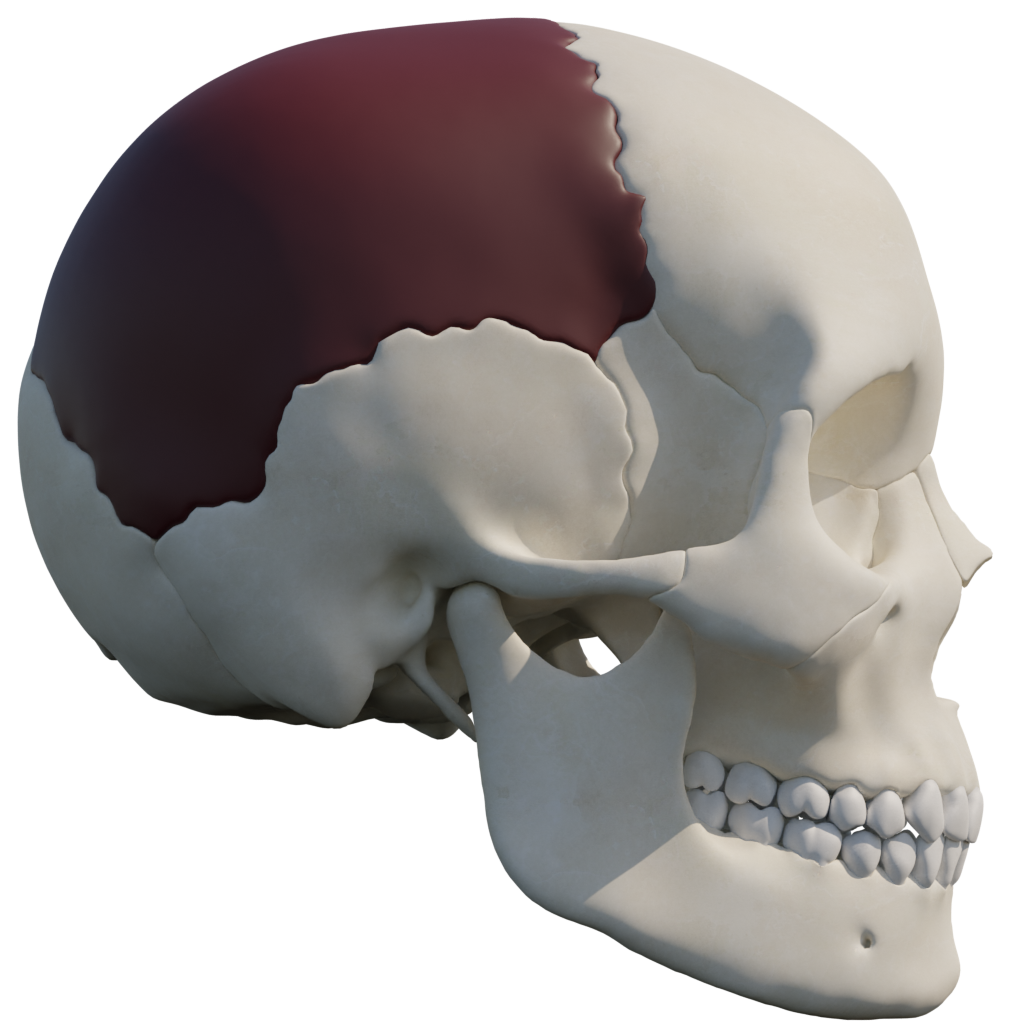
Marshall theorizes that the carvings on the comb might represent the sutures of the human skull rather than traditional comb teeth. This interpretation suggests that the comb’s significance extended beyond its physical form, serving as a potent symbol among the Iron Age community familiar with skeletal remains.
Historical Context and Comparisons
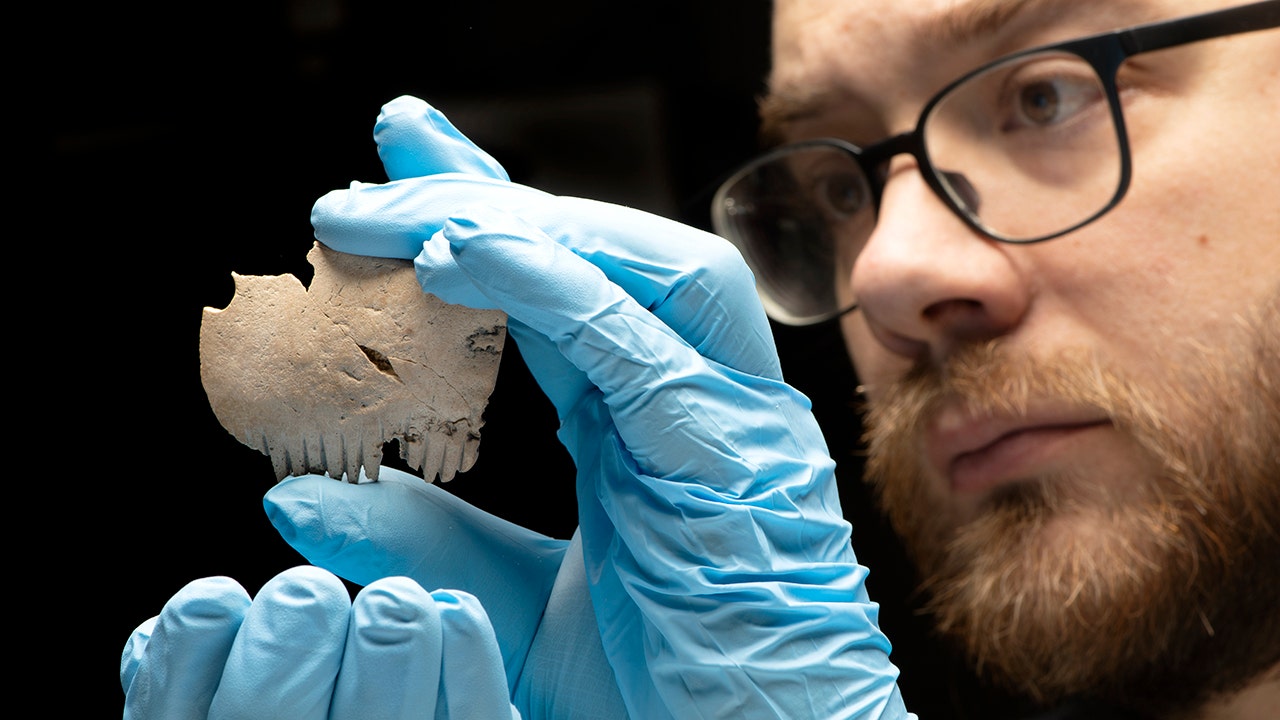
Marshall compares the Bar Hill Comb to two other Iron Age artifacts from Cambridgeshire. One, discovered at Earith in the 1970s, also featured carved teeth, while another from Harston Mill in the early 2000s resembled a comb but lacked teeth. These comparisons highlight a potential regional tradition of crafting items from human skull fragments, reflecting broader cultural practices in Iron Age Britain.
The discovery of human skull fragments fashioned into amulets and tools at other British archaeological sites indicates that such practices were not isolated incidents. These findings underscore a broader tradition of utilizing human remains in ritualistic and symbolic contexts during the Iron Age.
Preservation and Future Research
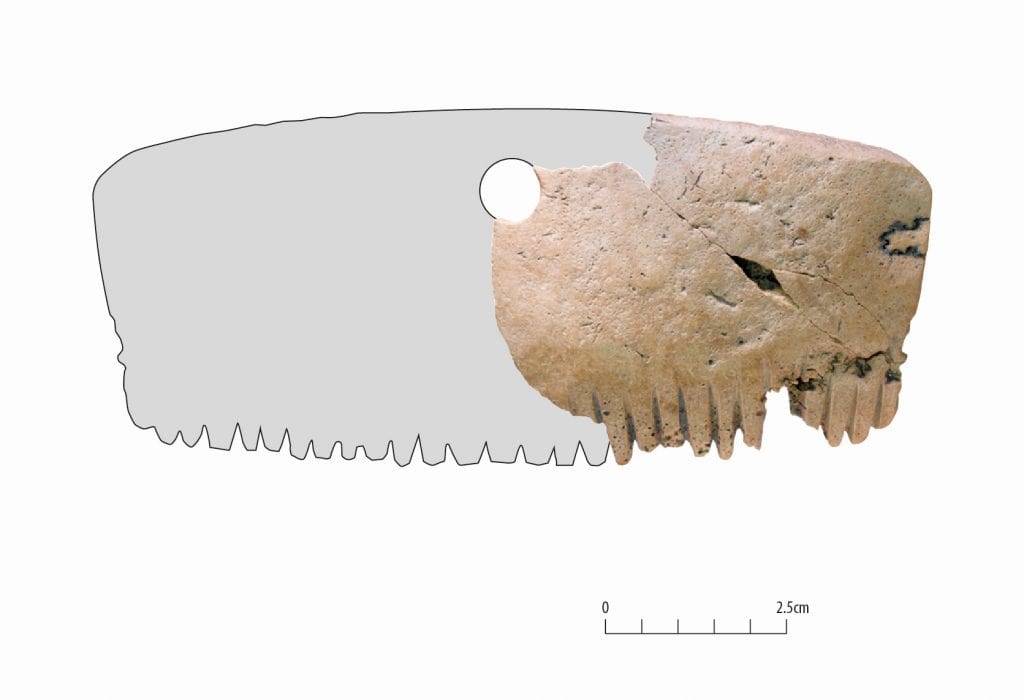
The Bar Hill Comb will be preserved at the Cambridgeshire Archaeology Archive, ensuring its continued study and protection. Dr. Steve Sherlock, leader of the A14 project, expressed enthusiasm about the find, emphasizing its contribution to our understanding of Iron Age life in Cambridgeshire and beyond. The ongoing excavation efforts promise further revelations about the ancient world, thanks to the highway project’s archaeological rescue mission.
Conclusio
The Bar Hill Comb is more than just a historical curiosity; it represents a link to the spiritual and social practices of Iron Age Britain. Preserved for over 2,000 years, this unique artifact underscores the importance of archaeological efforts in uncovering and preserving the rich tapestry of human history. As researchers continue to explore the extensive collection of artifacts from the A14 project, we can look forward to further insights into the lives and beliefs of our ancient ancestors.
